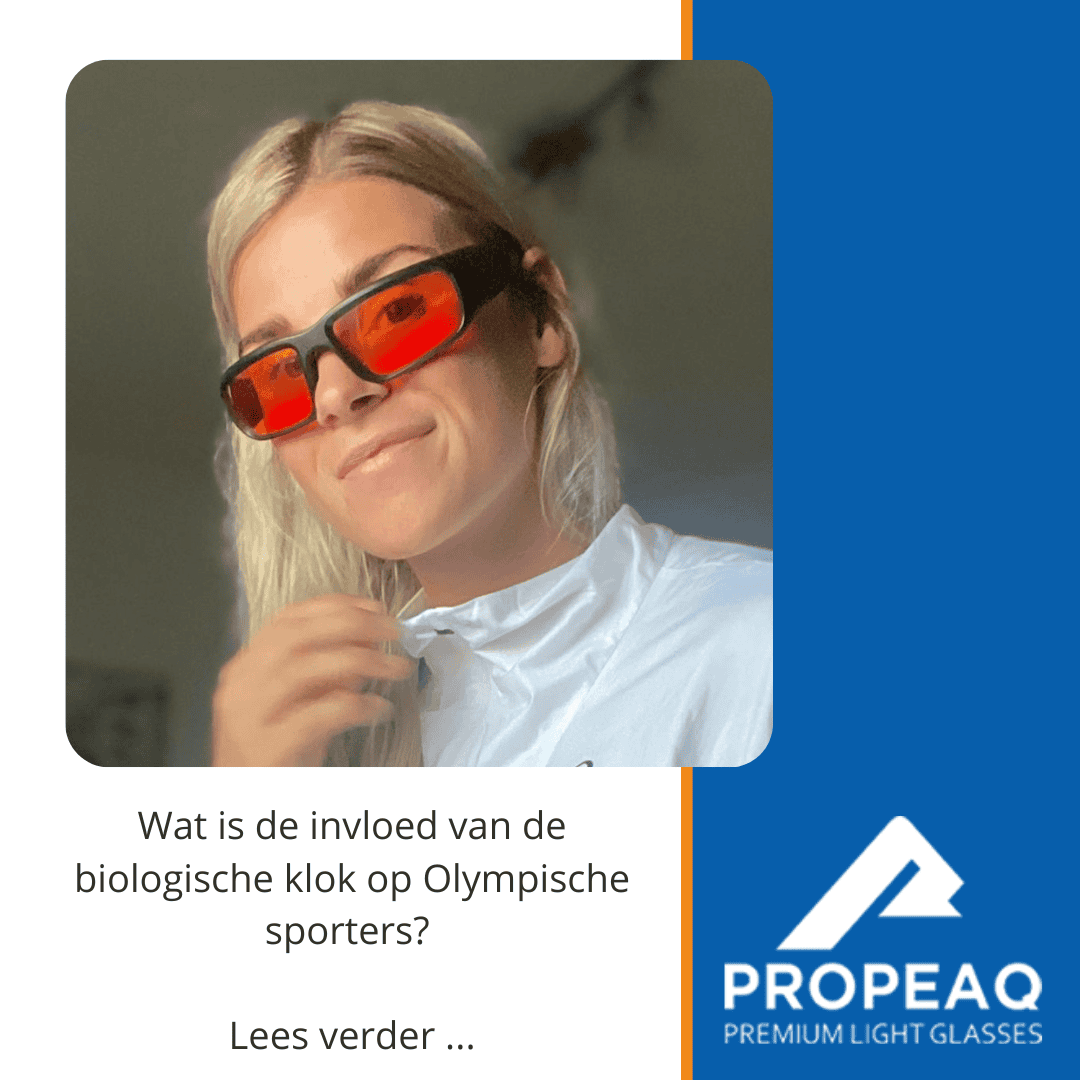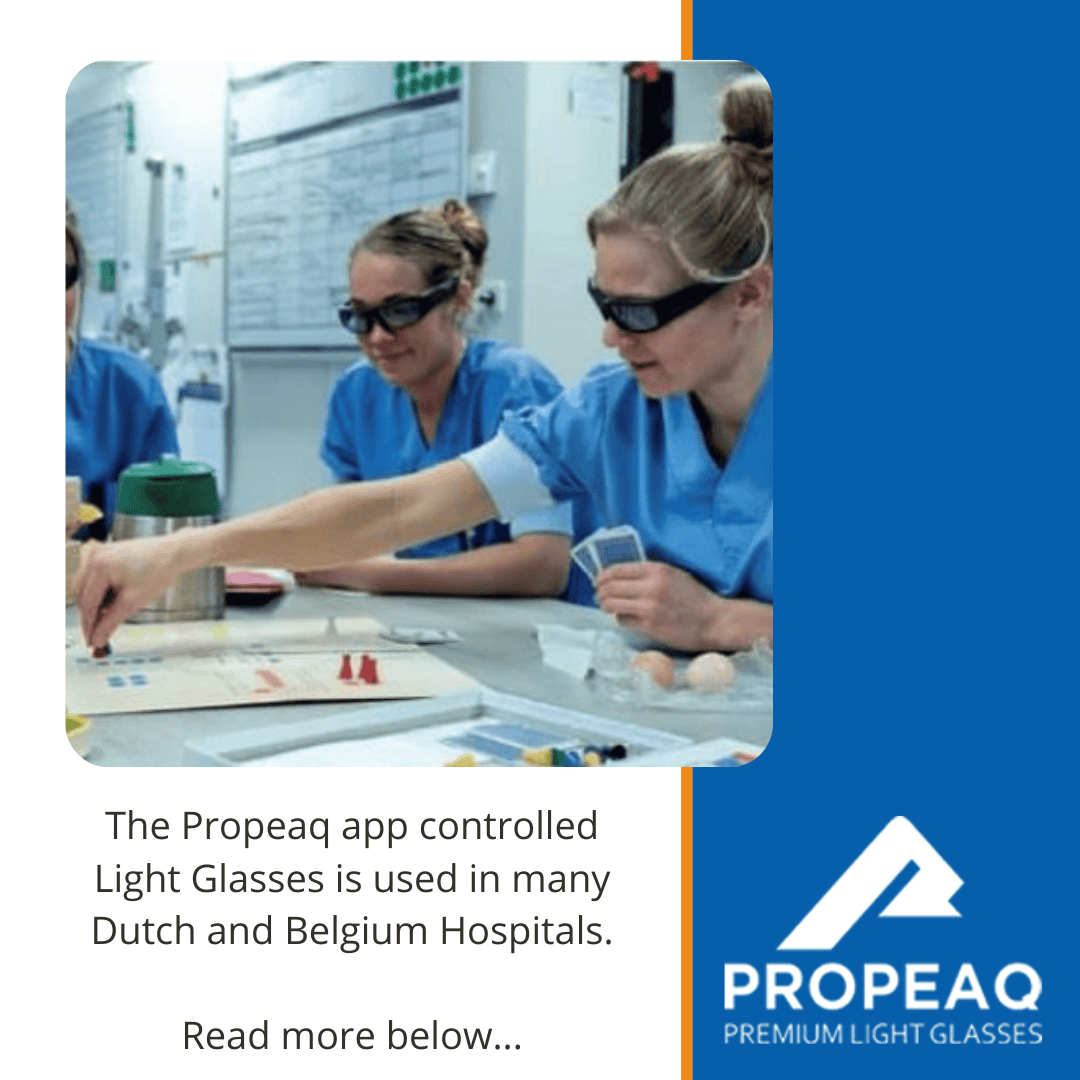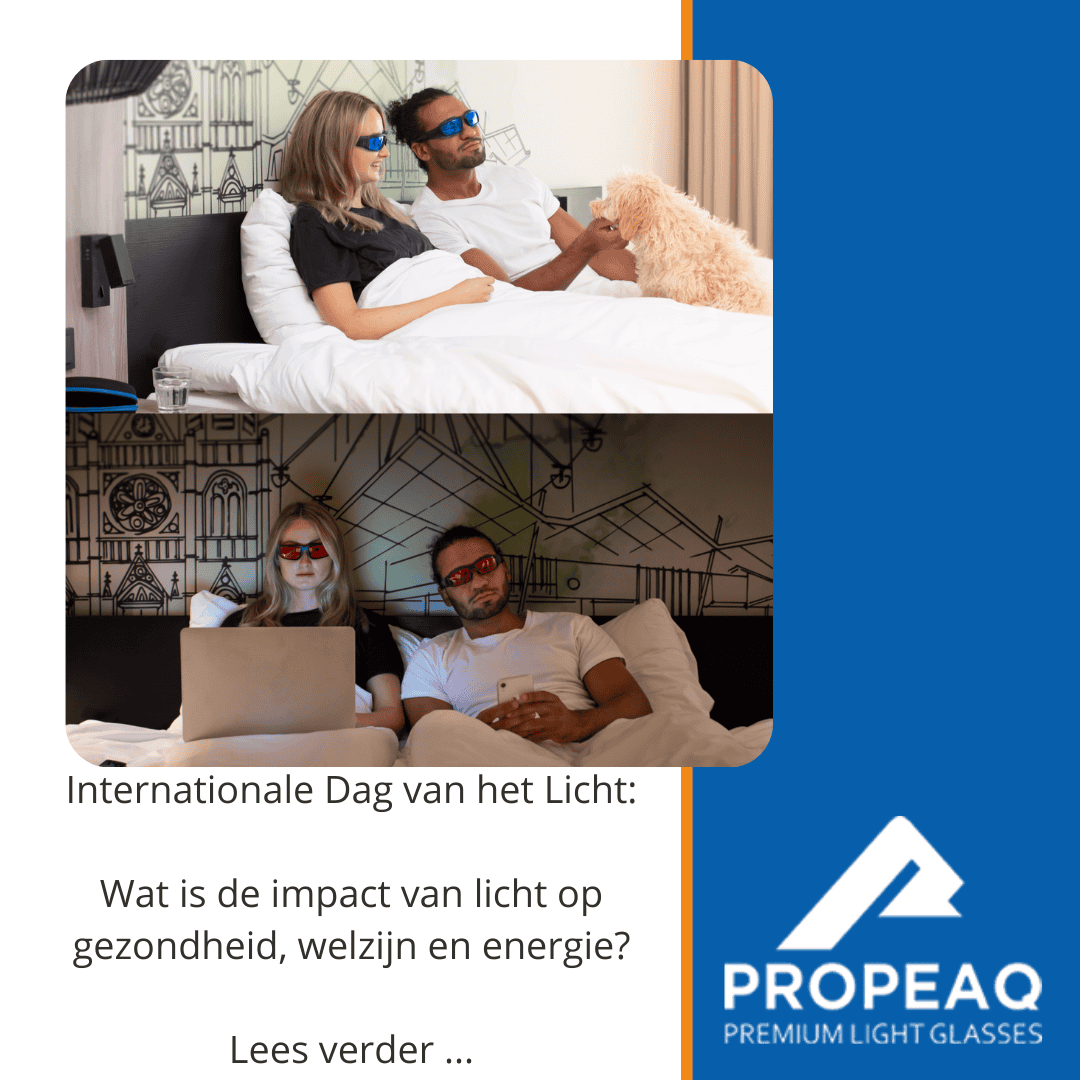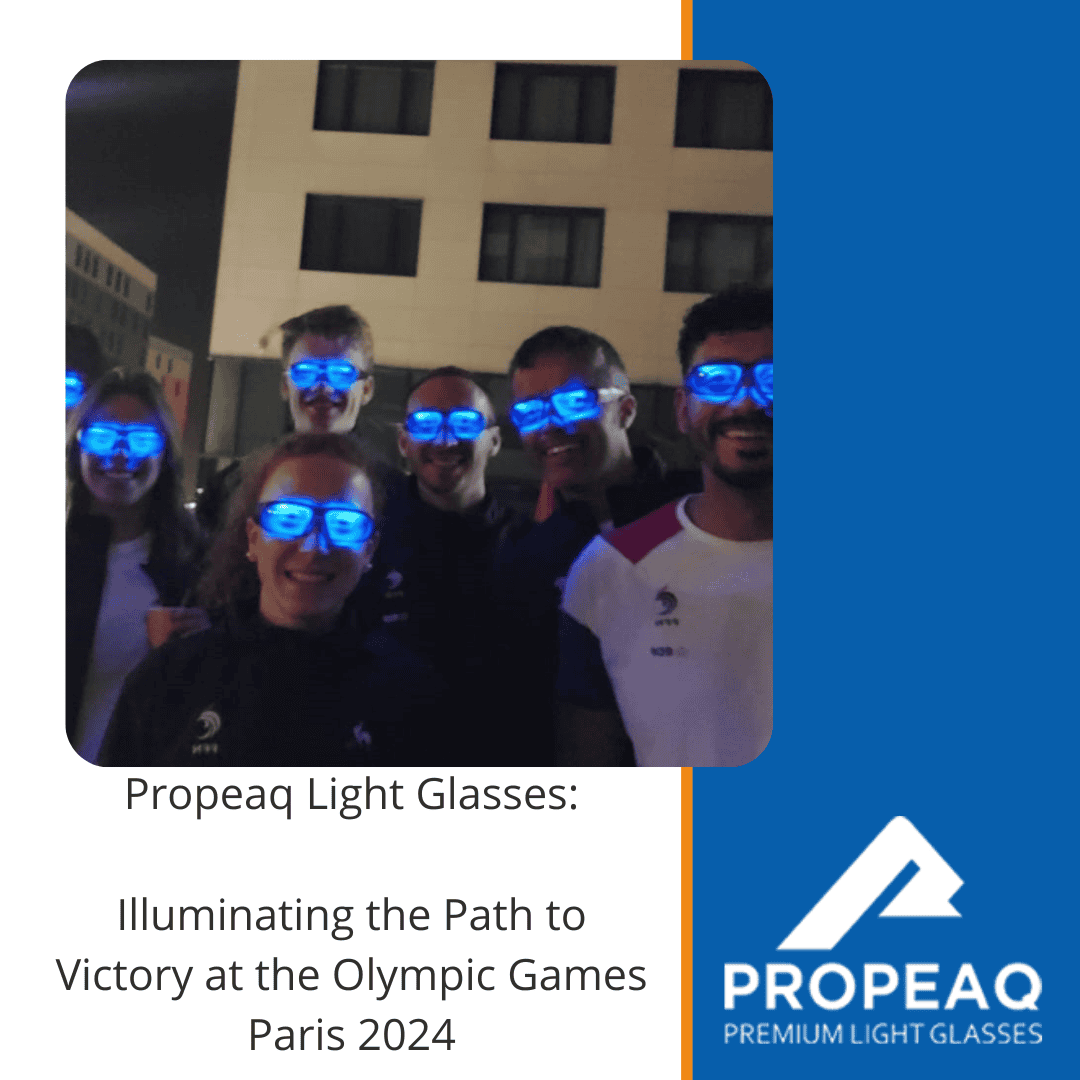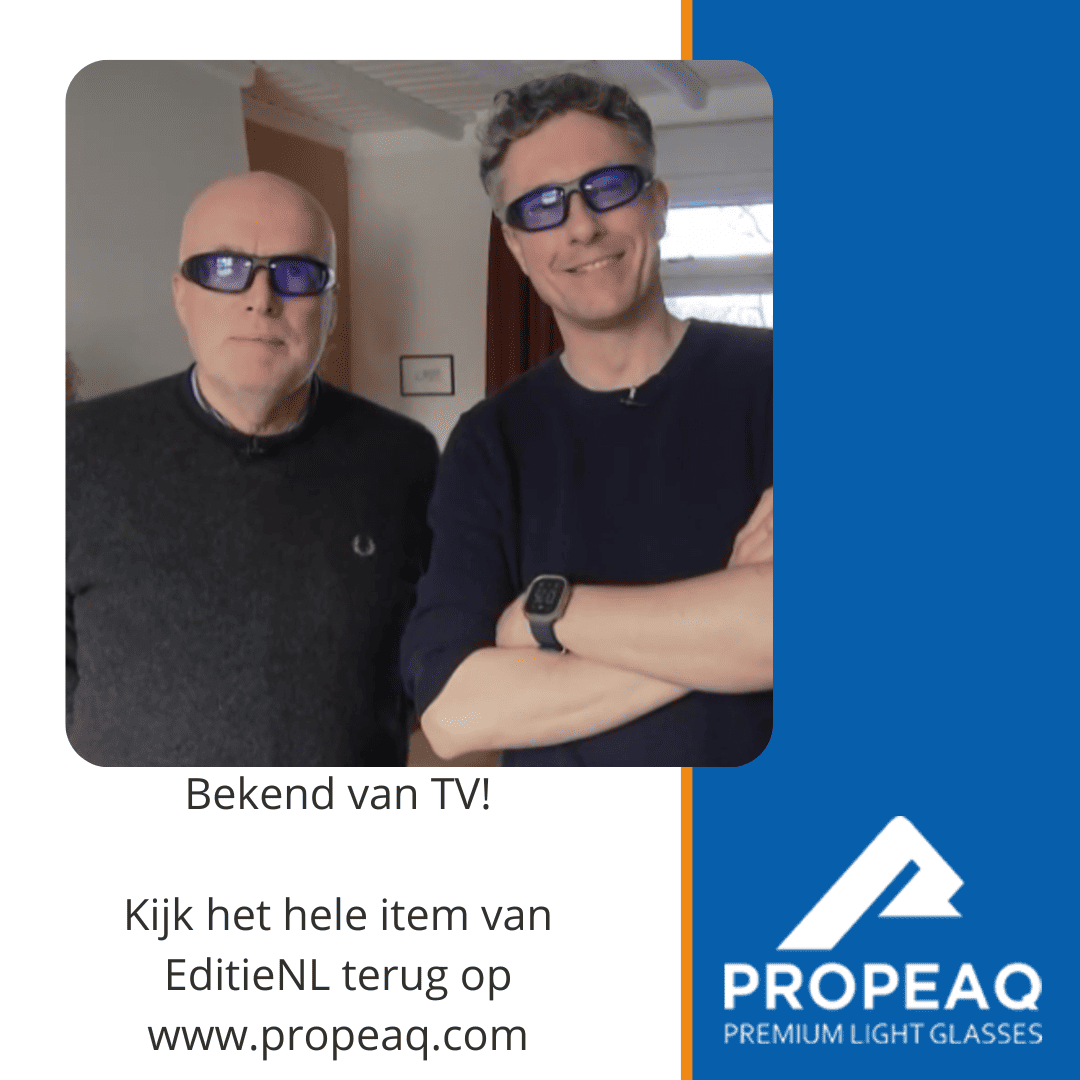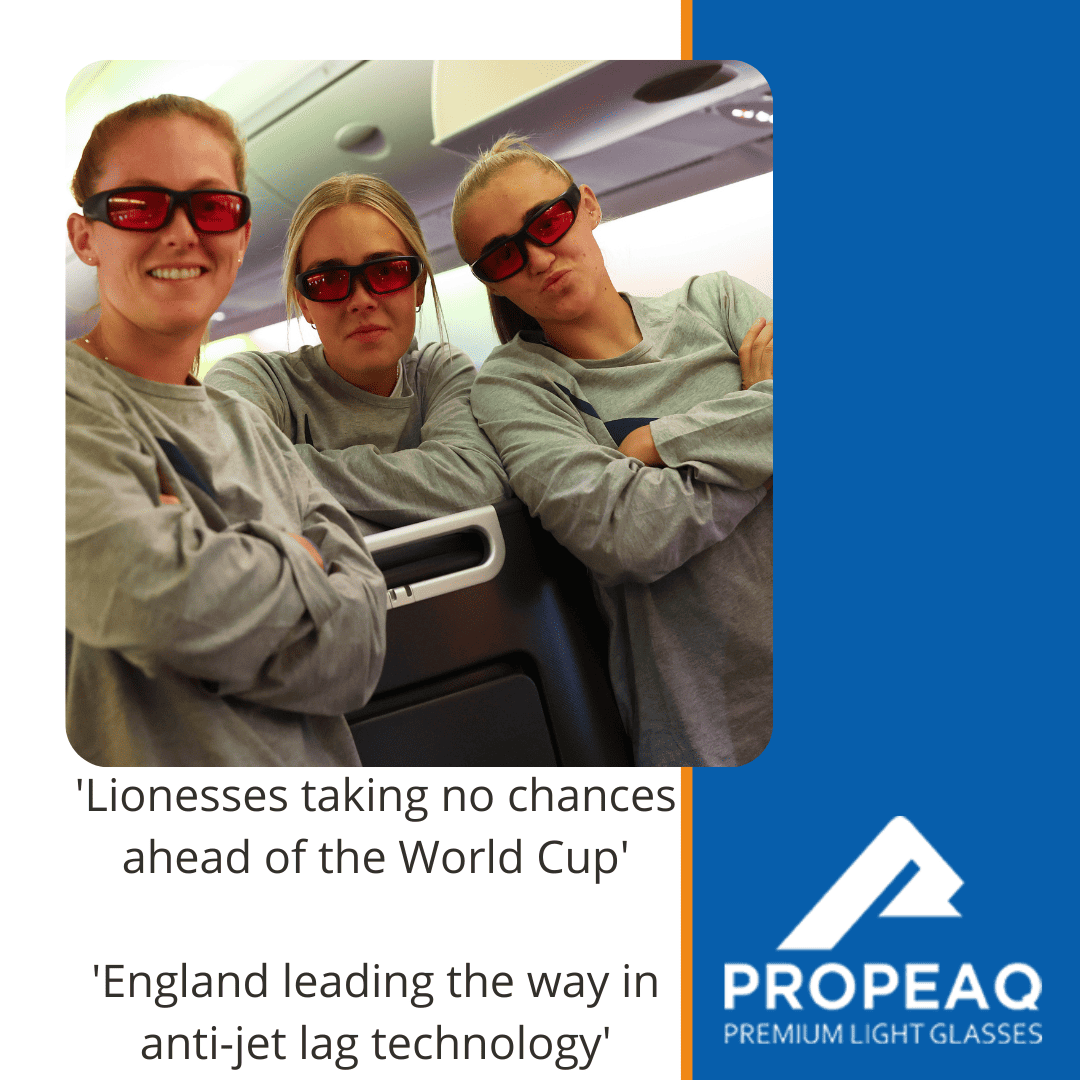With shorter days and lower temperatures, people often get significantly less sunlight during the winter months. Greater artificial light exposure is also typical of the season. These light changes can have a real impact on mood in many people. Some experience a mild sort of winter blues. In others, however, the light changes can lead to seasonal affective disorder (SAD). Light therapy offers a natural solution for those who struggle with seasonal mood changes.
Light and the circadian rhythm
The circadian rhythm is easily disrupted in the so called “24-hour society” we live in today. To much artificial light, especially just before sleeping can affect the circadian rhythm in a negative way. This results in a snowball effect that disrupts the production of melatonin which in its turn disrupts the sleep cycle and impacts mood.
Natural sunlight is important for our bodies. It signals our body to wake up and start producing the stress hormone called “cortisol”. Exposure to sunlight also helps in the production and use of vitamin D. Low levels of this specific vitamin have been shown to affect our mood and could result in a higher risk of depression.
Use light therapy to improve mood
With our increasingly urban lifestyles and busy work schedules, getting enough natural sunlight can be difficult at any time of year. This can be especially true during the winter months, when low temperatures and shorter daylight hours may discourage outdoor activities.
Many people leave for work or school when it is still dark in the morning and by the time they get home, it’s almost dark again. Shift workers can find it especially difficult to get enough sunlight. Shorter days, longer nights and evening or overnight shift work can dramatically increase the number of hours per day a person is exposed to artificial light.
Such life patterns set the stage for light-related mood problems. However, light therapy can offer a solution. Simple and noninvasive, light therapy is a science-backed option for helping to improve mood during the winter months. There is some evidence that bright light can be as helpful as antidepressants for those suffering from SAD and also for those dealing with the standard sort of depression. Light therapy for mood disorders like SAD uses light glasses featuring a type of light that mimics the sun.
So how does light therapy work?
People who divert from the usual day and night rhythm, travel to different time zones, or have inconsistent sleep patterns, often get uncomfortable feedback from their body. Our biological clocks are no longer in sync with the day. We can’t always keep up with the rapid social and technological evolution of our lives. Light therapy is the solution to this situation. Science has proven that the body gets energy when we see the correct blue light.
When it comes to energy, you may be sabotaging yourself by wearing sunglasses all day. The sunglasses block out the blue light and as a result, we have less energy. The Propeaq light glasses help restore balance by allowing the blue glasses to give us the right amount of sunlight. If the sun isn’t available, active LEDs in the glasses give the body extra energy.
When its time to wind down and get ready for a good night’s sleep, swap out the blue lenses for the red ones. These block all the energizing blue light which causes the body to start a higher production of the sleep hormone, melatonin. Propeaq light glasses are the only portable system for optimal light therapy.
Propeaq’s blue light has a wavelength of 468 nanometers at an intensity of only 35 lux. The LEDs are just over half an inch (1.5cm) from the eyes and are harmless for normal use. For diseases of the retina, for example macular degeneration, we do not recommend using the light glasses. Insufficient research has been done regarding possible damage in these situations.
Source: Chronobiology


